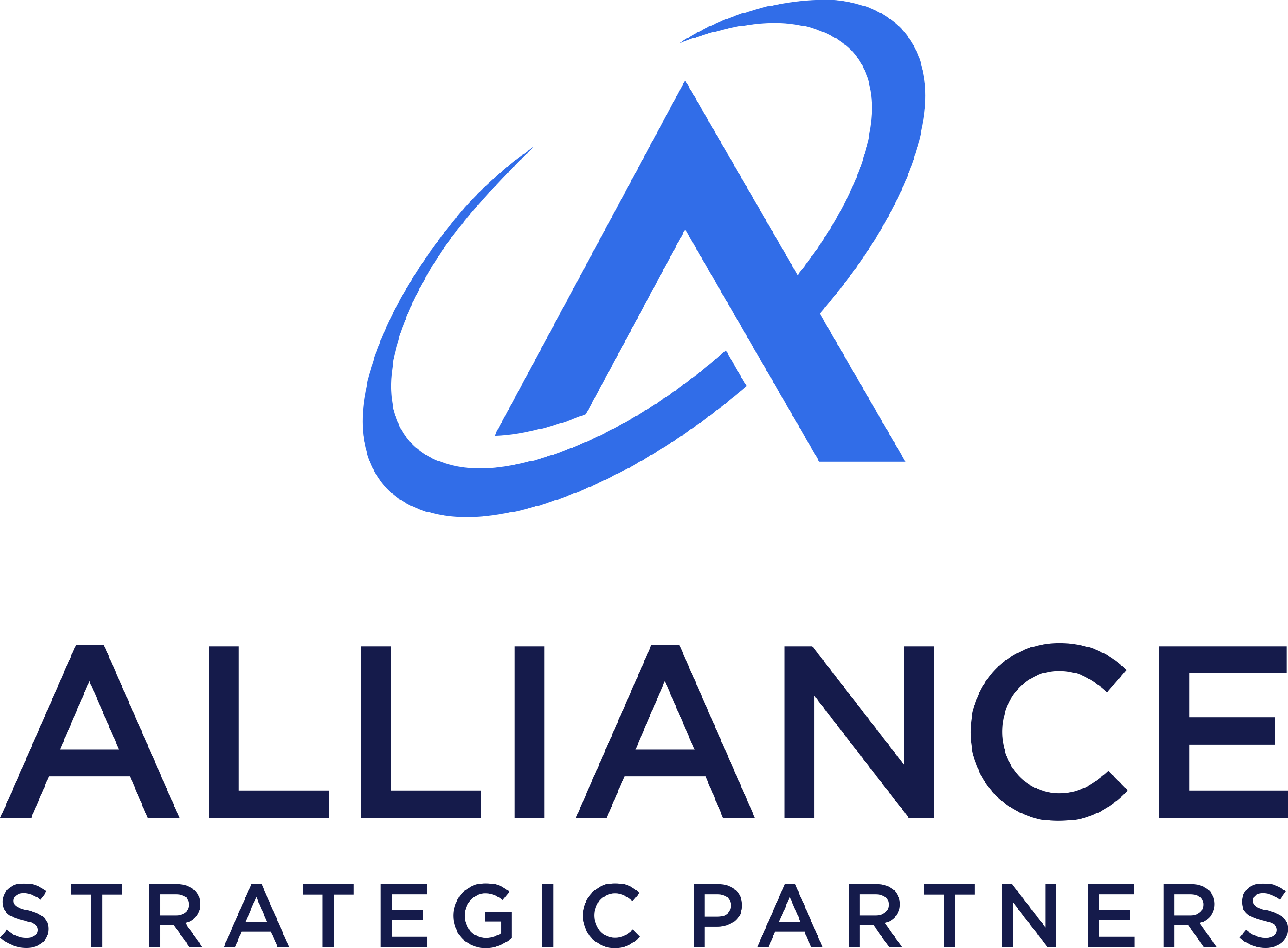
1. Identifying Your Audience
Every successful marketing endeavor starts by understanding who you’re targeting. Recognizing your ideal customer, the perfect avatar, your hero client, is key.
This is the individual who needs your product or service the most, and whose needs align best with the benefits your product or service provides. The ideal customer is typically defined by a unique mix of demographic and psychographic factors such as age, income, gender, interests, and attitudes. Your perfect avatar, on the other hand, might be more conceptual. This could be an embodiment of the values your brand stands for. Lastly, the hero client is one who has been satisfied by your offerings and advocates for your brand.
But why is this your audience? The simple answer lies in mutual value. Your audience needs you because your product or service solves a problem they have or fulfills a need they can’t satisfy on their own. Meanwhile, you need this audience because they are the ones who are most likely to find value in your offerings and consequently, make a purchase.
2. What Makes You Stand Out From Your Competition?
In an increasingly crowded marketplace, differentiation is key. You must understand what’s unique about your brand, product, or service that sets you apart from the competition.
Your brand might have a unique story or mission that resonates with your audience. Perhaps you’re a family-owned business with a 100-year history, or you’re driven by a commitment to sustainability.
Your product, on the other hand, might boast features that no other competitor has. It could be a technological innovation, superior quality, or a unique design.
As for your service, it could stand out in terms of customer service, user experience, or personalized offerings. Maybe you offer 24/7 support, a smooth online booking process, or tailor-made solutions for each client.
3. What Platforms Are Best Suited to Find Your Ideal Client?
Understanding where to find your audience is equally crucial. Different platforms cater to different demographics and behaviors, and knowing where your audience spends their time can significantly optimize your marketing efforts.
Social platforms, like Facebook, Instagram, LinkedIn, and Twitter, can be ideal for reaching a wide audience. They allow for targeted advertising and the fostering of a community around your brand.
Email marketing is perfect for delivering personalized content directly to your audience, maintaining regular contact, and driving conversions.
Direct marketing, such as physical mail, can still be effective for certain demographics and industries, providing a tangible touchpoint between your brand and the customer.
Text or SMS marketing has also seen a rise in popularity, providing immediate and direct communication, especially for reminders or limited-time offers.
4. A/B Testing and Tracking Performance
To know what’s working and what’s not, it’s vital to implement A/B testing and track performance.
A/B testing involves trying two different versions of a marketing asset (like a webpage or email) to see which performs better. You can test anything from headlines, images, calls-to-action, and more. This provides direct insight into what resonates with your audience.
Tracking performance entails using analytics tools to understand key metrics like click-through rates, bounce rates, conversion rates, and ROI. These metrics help you understand your audience’s behavior and the effectiveness of your marketing strategies.
5. What are the Cultural Trends Currently?
In today’s interconnected world, cultural trends can have a profound impact on marketing strategies. Whether it’s the rise of influencer marketing, the importance of sustainability, or the need for authentic brand storytelling, staying ahead of cultural trends can give your business an edge.
Researching and implementing current cultural trends not only keeps your brand relevant but also shows your audience that you understand and share their values.

